For industries requiring precise and versatile metal processing, both the Rotary Angle Horizontal Metal Band Sawing Machine and Horizontal Metal Cutting Band Sawing Machine play an essential role in shaping materials into desired forms. These machines are widely used in manufacturing plants, workshops, and fabrication centers where accuracy, stability, and efficiency are crucial. Their design supports a broad range of cutting needs, including straight and angled sections, making them suitable for complex geometries and custom fabrication projects.

Precision Engineering for Versatile Cutting Needs
A key advantage of using a rotary angle horizontal band sawing machine is its flexibility in handling diverse materials and shapes. The rotary function allows the saw frame to be adjusted easily for bevel or angular cuts without repositioning the workpiece. This not only saves setup time but also ensures consistent accuracy when cutting different angles. The horizontal configuration offers enhanced contact between the saw blade and material, providing smoother transitions and reducing vibration during the process.
In contrast, a standard horizontal metal cutting band sawing machine excels in achieving straight, precise cuts across various metal types such as steel, aluminum, or brass. The combination of variable speed control and a stable mechanical structure allows operators to fine-tune the cutting speed based on the material’s hardness and thickness.
Efficiency and Stability Through Industrial Design
The horizontal layout of these machines ensures better load distribution during operation. A well-balanced machine base reduces operational noise and vibration, enhancing operator comfort while maintaining a stable working environment.
The inclusion of variable speed adjustment further improves performance. Operators can choose appropriate cutting speeds for different materials, preventing overheating and prolonging the lifespan of the saw blade. The saw’s adjustable speed range also allows users to optimize cutting efficiency for different production volumes — from small-scale workshops to large manufacturing facilities.
Enhanced Cutting Precision and Cost Control
Precision is one of the main concerns in metal processing. Rotary angle and horizontal band sawing machines are designed with advanced tension control and accurate feed mechanisms, ensuring uniform pressure and a clean cutting surface. Because of their efficient power transmission and minimal heat buildup, these machines help prevent material distortion, which is particularly important for high-precision projects like structural components, machinery parts, and metal fixtures.
Another aspect that attracts operators is the reduced operational cost. The machines use high-quality saw blades treated for wear and corrosion resistance. This treatment maintains sharpness over extended periods, lowering the frequency of replacements and reducing overall maintenance expenses. Combined with the machine’s efficient energy usage and stable output, these features contribute to long-term economic benefits for businesses focusing on productivity and sustainability.
Meeting Complex Shape Requirements
When manufacturing parts that require multiple angled cuts or non-standard geometries, the rotary angle horizontal design becomes particularly advantageous. By adjusting the saw head rather than repositioning the material, the machine achieves precise bevel cuts quickly. This is especially beneficial in industries producing frameworks, machinery housings, or metal furniture, where accuracy in multiple planes is critical.
For straight cutting applications, the horizontal metal cutting band sawing machine provides a stable and consistent feed motion, ensuring clean edges without burring. When combined with proper coolant systems, these machines maintain cutting quality even during long operating cycles. This adaptability allows fabricators to meet a wide variety of production requirements using one piece of equipment.
Practical Considerations for Operators
In daily operations, usability and maintenance are important for ensuring long-term efficiency. Modern horizontal band sawing machines feature user-friendly controls and ergonomic structures, making them easier to operate even for technicians with limited experience.
Routine maintenance mainly involves checking blade condition, tension levels, and lubrication. Proper training and regular inspection also help prevent unexpected wear, ensuring consistent performance across multiple production cycles.



 english
english Русский
Русский Español
Español Русский
Русский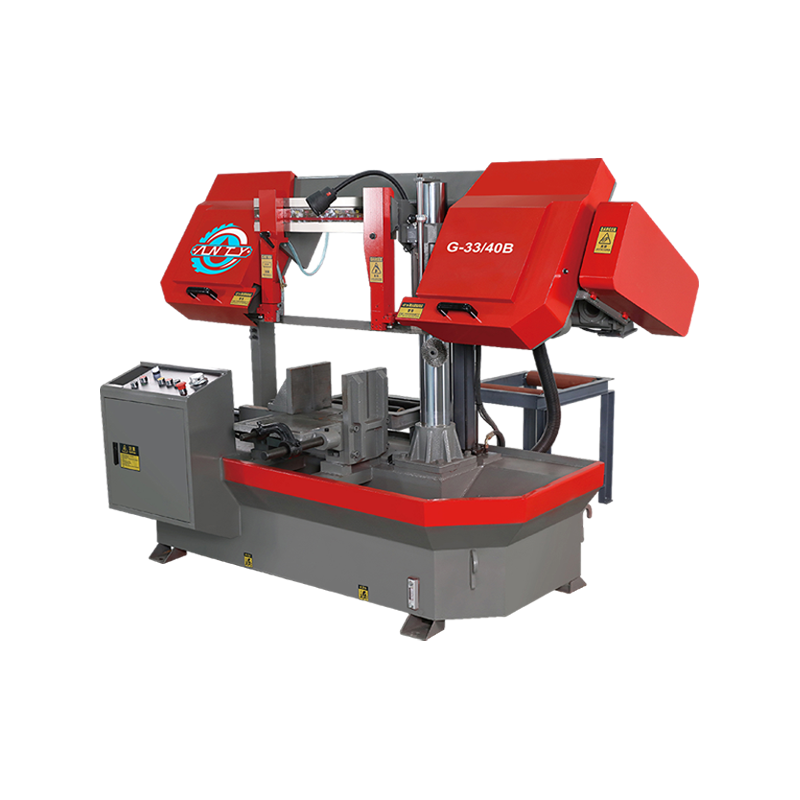
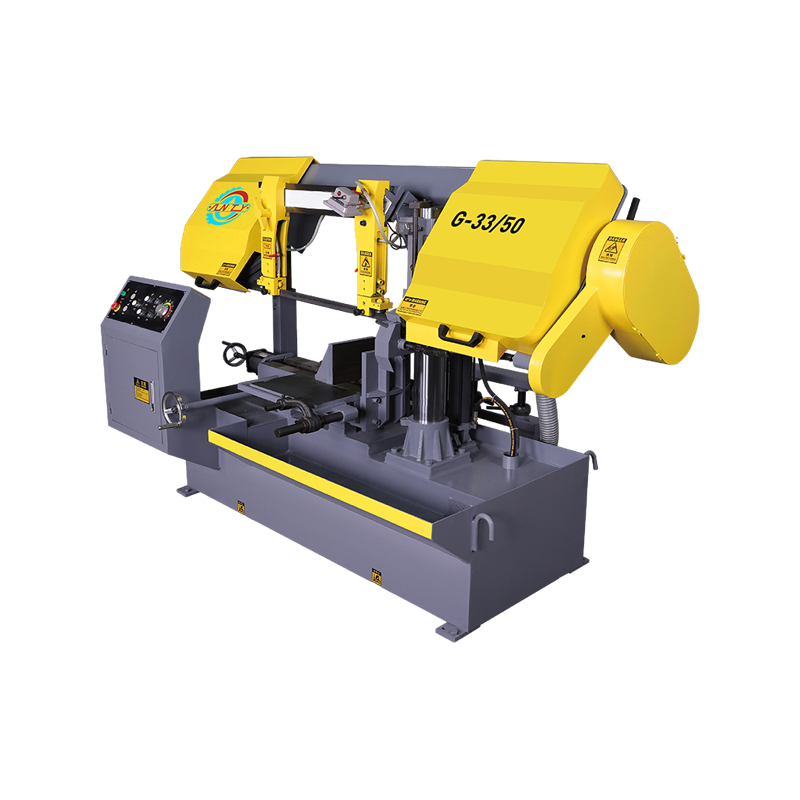

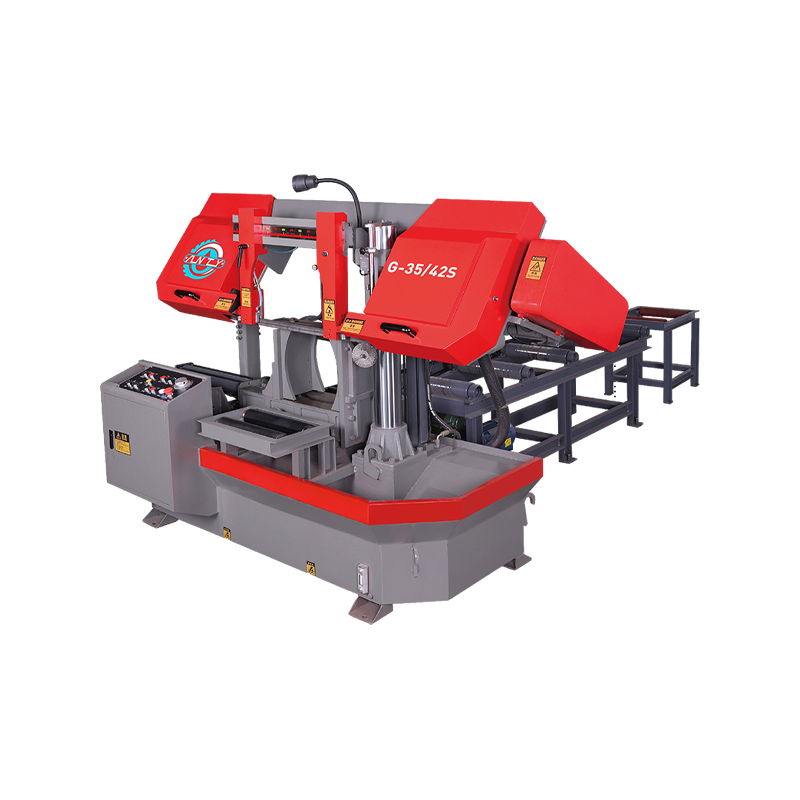

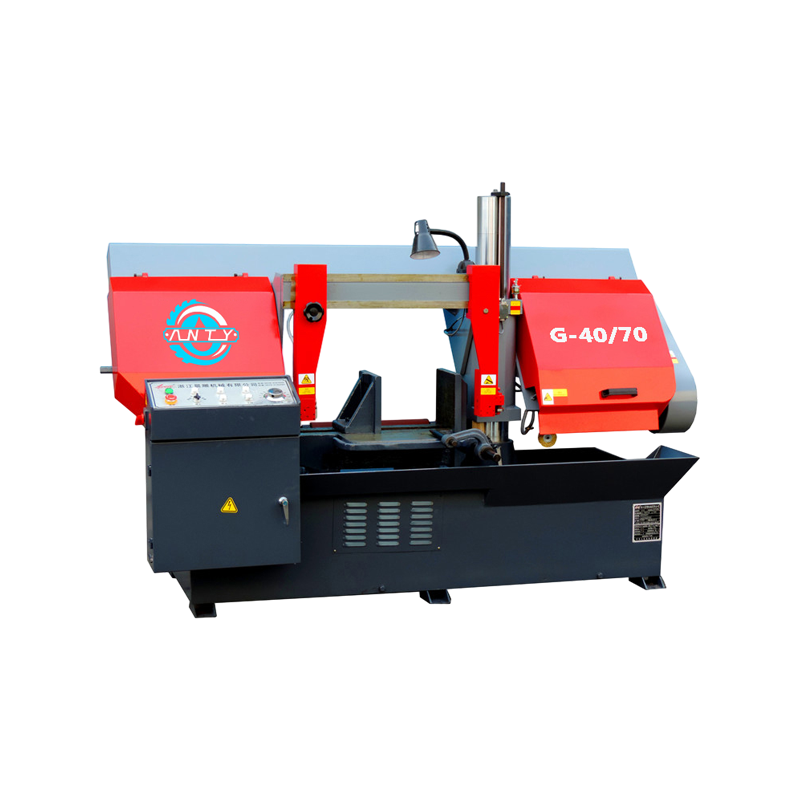

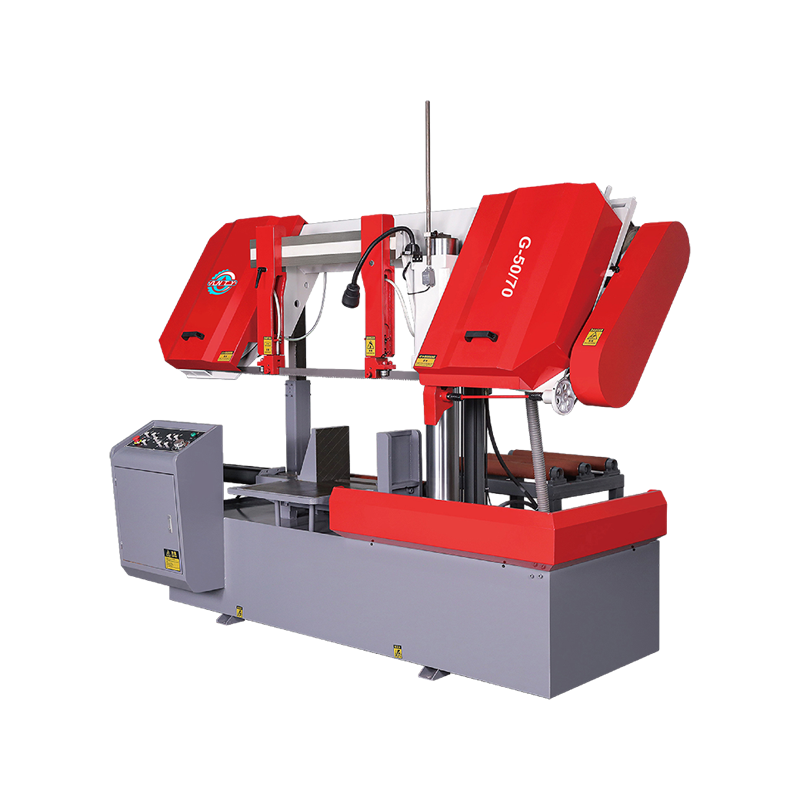
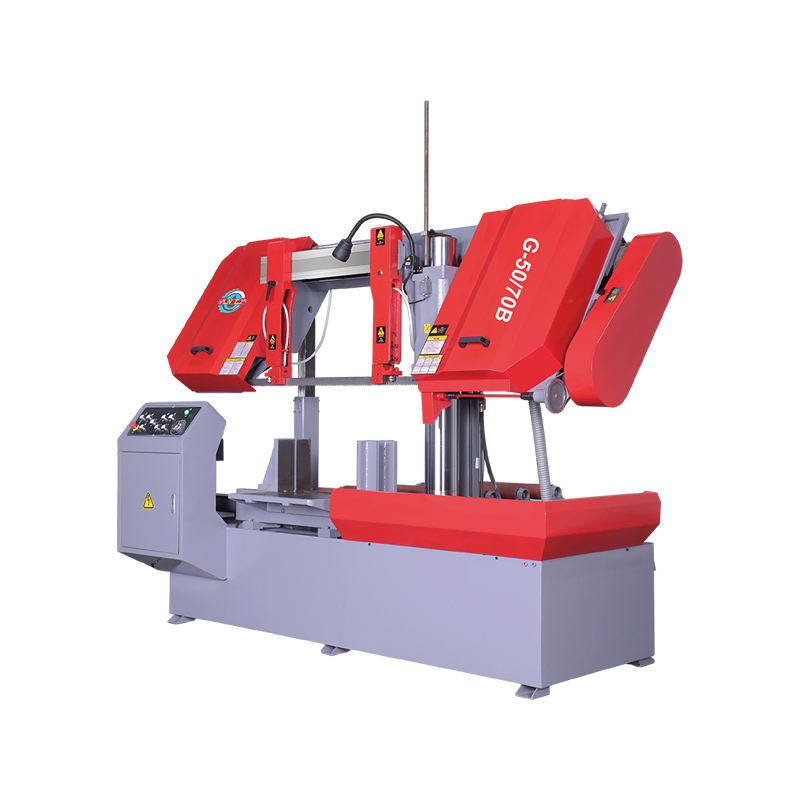
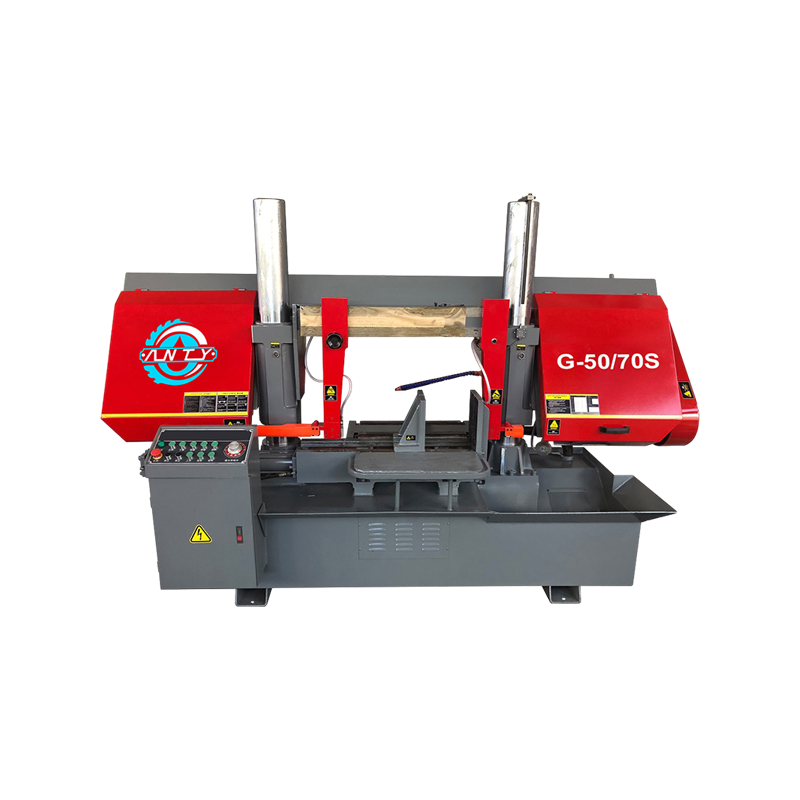
 CONTACT US
CONTACT US